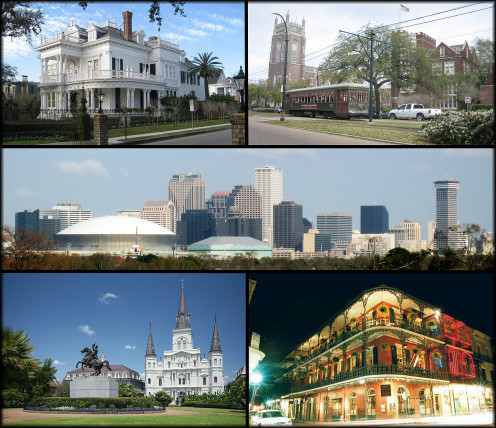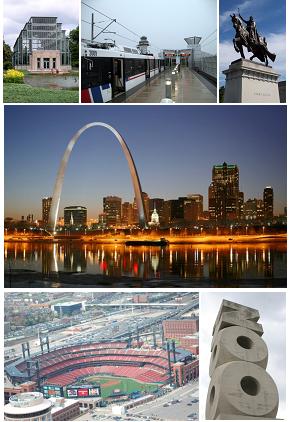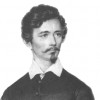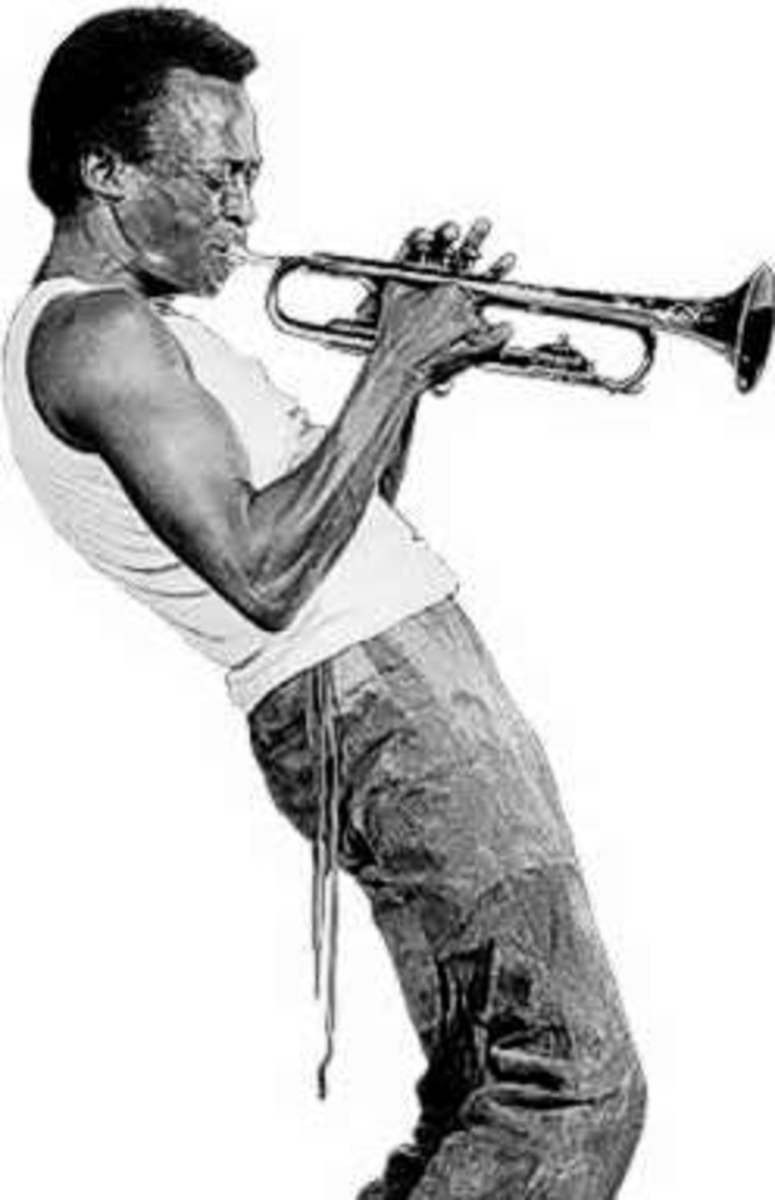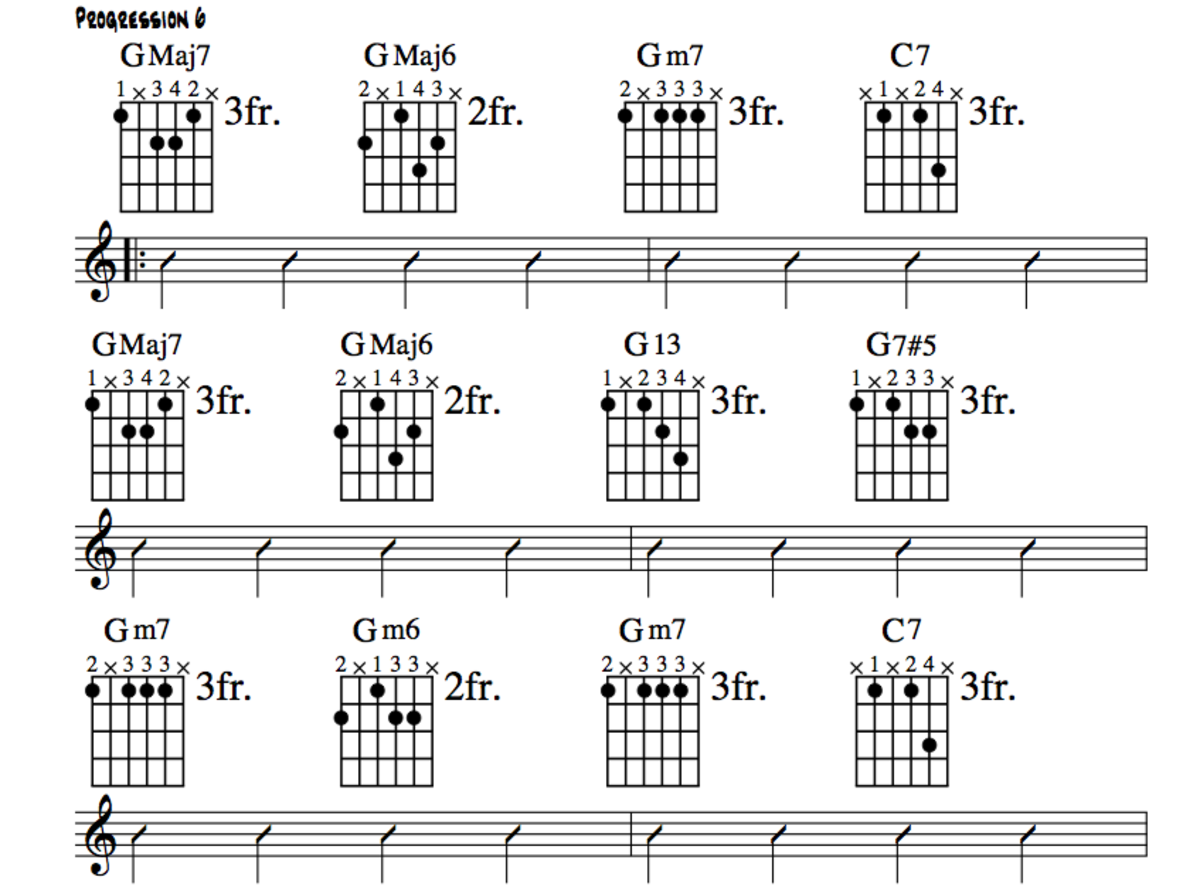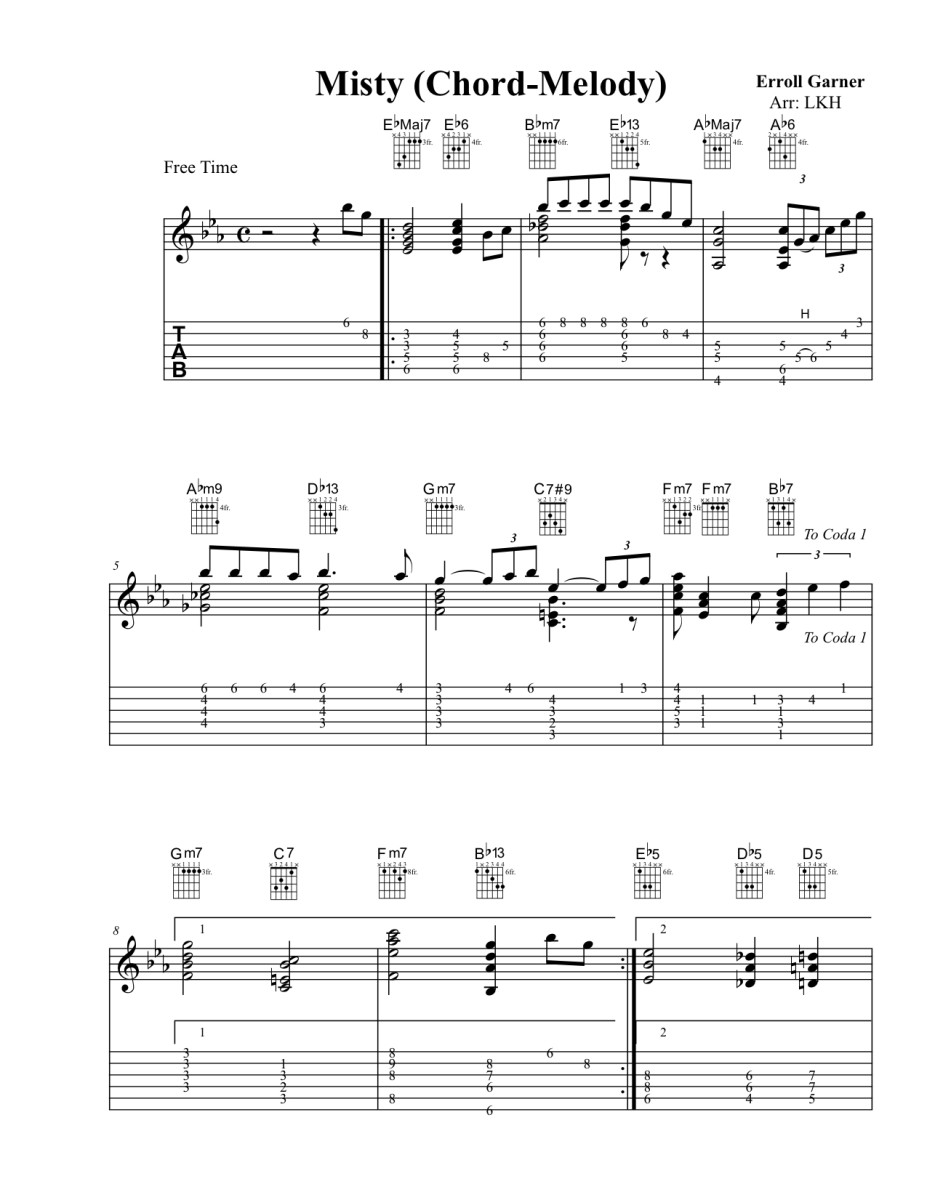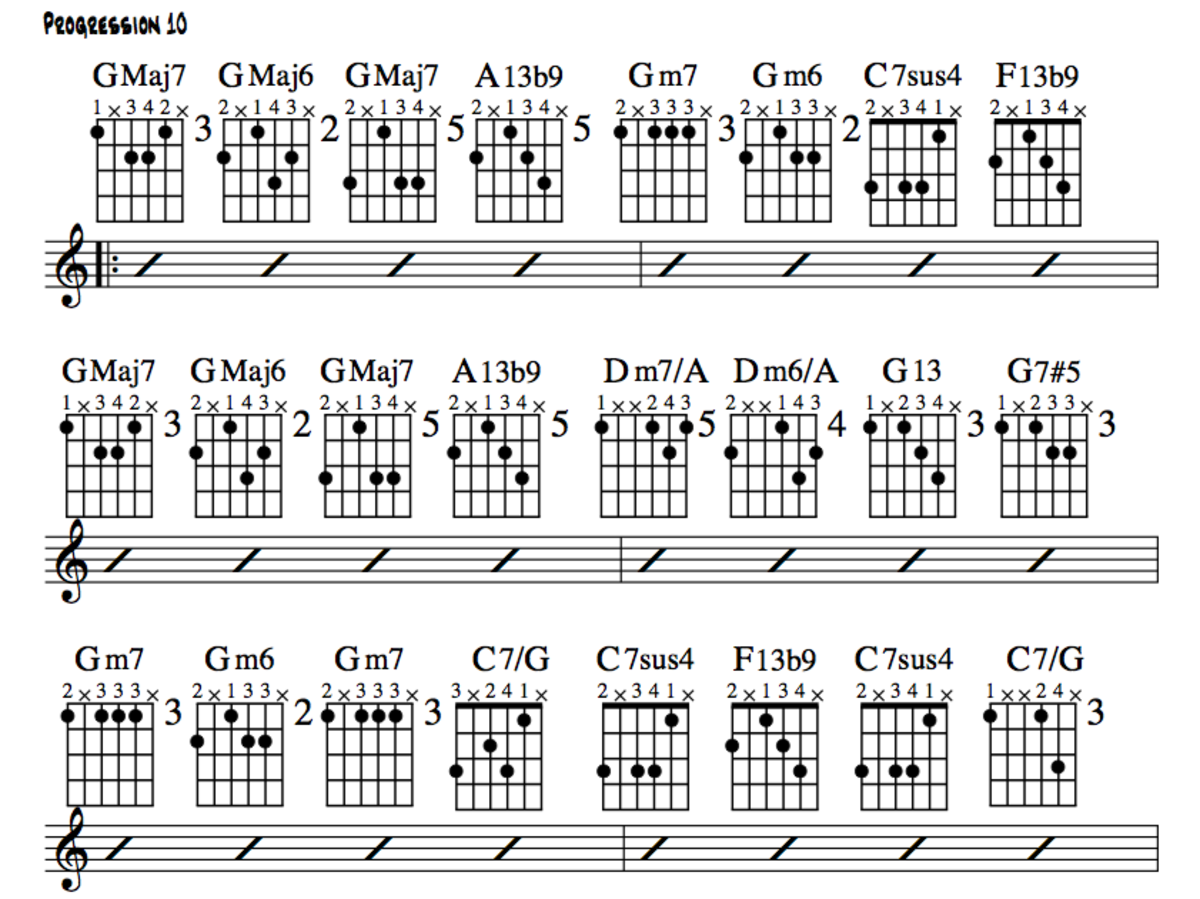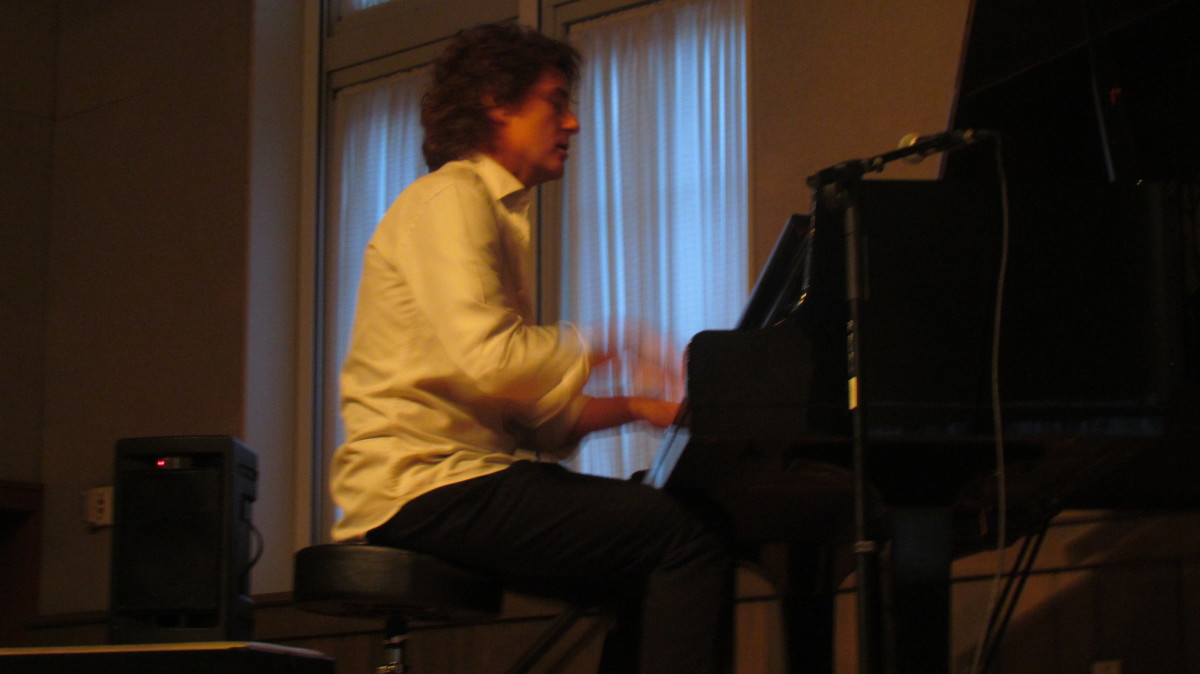Before There Was Jazz There Was Ragtime
Scott Joplin
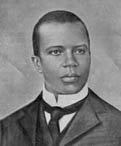

===================
Before There Was Jazz There Was Ragtime
===================
It began as dance music in the red-light districts of New Orleans and St. Louis. It evolved from African American folk melodies, John Philip Sousa marches and a popular dance called the Cakewalk. Its main characteristic was its syncopated rhythm. All it needed was someone to publish it and to give it a name and in 1895, Ernest Hogan, a minstrel show entertainer did just that.
------------------------------
Then in 1896, the first complete player piano was introduced in America and the following year, the Pianola was released and aggressively marketed. The time was ripe and when Scott Joplin published the "Maple Leaf Rag" in 1899, it was an instant success, which was followed by a string of his ragtime hits. Unfortunately, Jazz had to wait until the first recordings were made by "The Original Dixieland Jazz Band", in 1917, before it obtained similar popularity.
===================
Before There Was Jazz There Was Ragtime
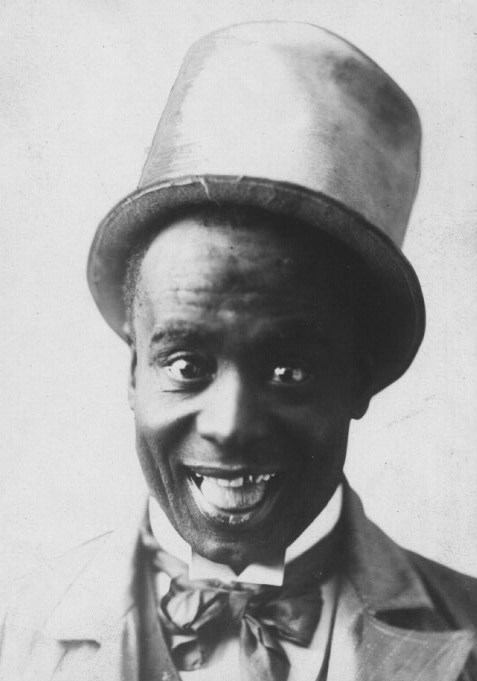
====================
As Jazz gradually replaced ragtime as the music of the 1920s, it didn’t prevent it from influencing the popular dances of the day such as the Fox trot and the One-step and it also served as the roots for stride piano and novelty ragtime.
====================
Player Piano and Pedal Harpsicord
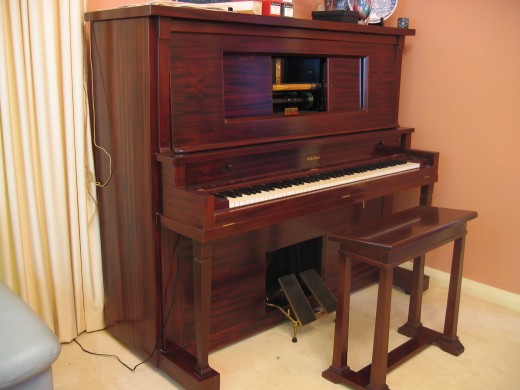
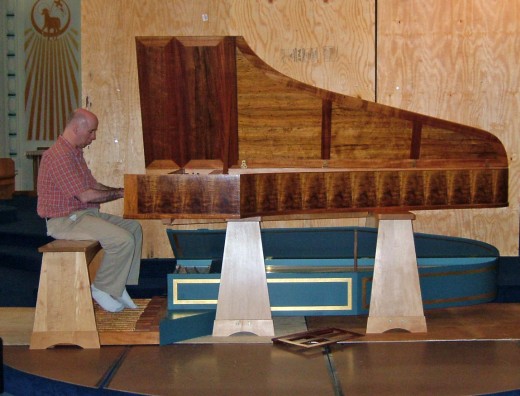
===================
In the 1950s, ragtime experienced a significant revival with recordings made in a light-hearted novelty style. Then in the 1970s, a compilation of Scott Joplin’s piano rags was nominated for a Grammy in the "Best Classical Performance by an Instrumentalist" category.
-------------------------------
The New York Public Library also released a two-volume set of "The Collected Works of Scott Joplin". Although ragtime is really written to be played on a piano, my absolute favorite ragtime recordings were made by E. Power Biggs using a pedal harpsichord.
===================
What is a Player Piano?
Scott Joplin's "Peacherine Rag"
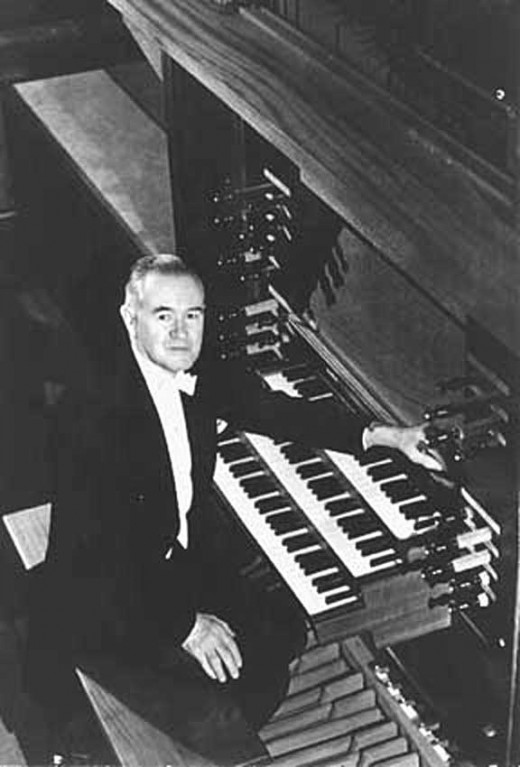
====================
Finally, in 1973, the motion picture, "The Sting" was released with Marvin Hamlisch’s soundtrack of Scott Joplin songs. The movie won an Academy Award for his rendering of the 1902 rag "The Entertainer". I still prefer the E. Power Biggs version.
====================
Marvin Hamlisch
- Marvin Hamlisch Dead: 'Chorus Line,' 'The Way We Were,' And The Rest Of The Icon's Greatest Hits (SL
Acclaimed American composer Marvin Hamlisch died on Monday at the age of 68. Hamlisch was widely celebrated for his film and Broadway scores--earning him dozens of nominations and countless awards.
Scott Joplin's The Entertainer
Jazz Legends by rjsadowski
- Jazz Legends - The Original Dixieland Jazz Band
They weren't the first band to play jazz and they weren't the best band, but they were the first ones to record it in 1917. Music which was played mostly in New Orleans and Chicago, suddenly became available to everyone. Livery Stable Blues was their - Bix Beiderbecke - America's First, Great, White Jazz...
A contemporary of Louis Armstrong, Bix Beiderbecke was America's first, great, white, jazz legend. Already famous in his early 20s and dead at the ripe old age of 28, his music changed the course of jazz forever so that even today there are websites - Jazz Legends - Louis Armstrong
Louis Armstrong was one of the creative geniuses of early jazz. His style of trumpet playing influenced an entire generation of musicians both white and black. A desciple of King Oliver, his hot five and hot seven recordings in the 1920s, took trumpe - Jazz Legends - Bunny Berigan
Influenced by both Bix Beiderbecke and Louis Armstrong, his hot solos helped launch the swing era. Born in Fox Lake, Wisconsin, in 1908, he rose like a rocket to be the number one trumpet player by 1937 when he recorded his classic solo on
New Orleans and St. Louis - the Birthplaces of Ragtime
